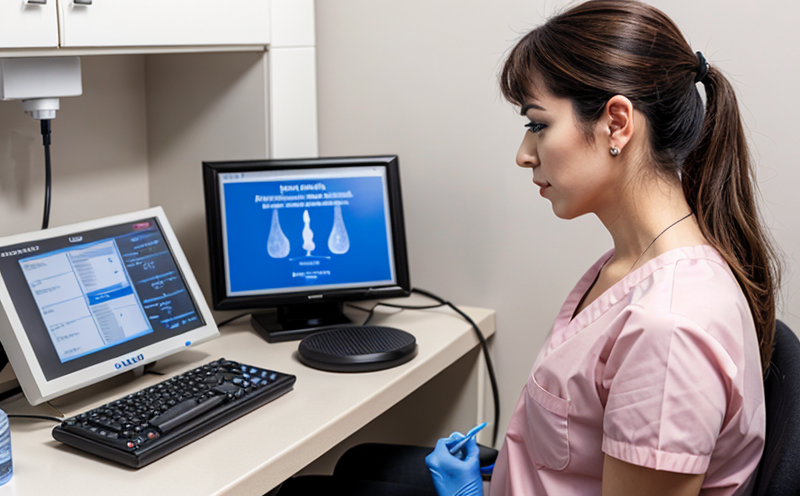Estradiol Testing in Veterinary Reproductive Health
The hormone estradiol plays a critical role in reproductive health across various species, including dogs, cats, horses, and livestock. Estradiol is one of the primary female sex hormones involved in sexual development, reproduction, and overall health maintenance. In veterinary medicine, accurate measurement of estradiol levels is essential for diagnosing and monitoring conditions such as estrus cycles, polycystic ovary syndrome (PCOS), and reproductive disorders.
Estradiol testing allows veterinarians to make informed decisions regarding treatment plans, breeding programs, and overall patient management. Understanding the role of estradiol in reproductive health is crucial for ensuring that animals remain healthy and productive throughout their lifespans.
The process involves collecting a blood sample from the animal, which is then analyzed using highly sensitive and specific immunoassay techniques to measure estradiol concentrations. The accuracy and precision of these tests are critical in providing reliable results that support clinical decision-making.
Our laboratory adheres strictly to international standards such as ISO/IEC 17025, ensuring that all testing procedures meet the highest quality assurance criteria. This commitment to excellence ensures that veterinarians can rely on our test results for accurate diagnosis and treatment planning.
The typical range of estradiol levels varies significantly depending on species and age. For example, in dogs, estradiol concentrations peak during estrus cycles, while in horses, significant fluctuations occur throughout the reproductive cycle. Understanding these natural variations is essential for interpreting test results accurately.
Our laboratory uses advanced analytical equipment to ensure consistent and reliable measurements of estradiol levels. This includes state-of-the-art immunoassay instruments that provide precise quantification of hormone concentrations. The use of such technology ensures that our tests are both accurate and repeatable, providing veterinarians with confidence in their diagnostic tools.
Regular monitoring of estradiol levels can help identify potential issues early on, allowing for timely interventions to prevent complications. By leveraging this information, veterinarians can tailor treatment plans specifically designed to address individual patient needs effectively.
| Species | Average Estradiol Level (pg/mL) |
|---|---|
| Dog (Female, Estrus Cycle Peak) | 20-150 pg/mL |
| Cat (Female, Estrus Cycle Peak) | 30-200 pg/mL |
| Horse (Female, Reproductive Cycle) | 15-400 pg/mL |
| Cow (Reproductive Cycle) | 20-300 pg/mL |
Applied Standards
To ensure the reliability and accuracy of our estradiol testing services, we follow internationally recognized standards such as ISO/IEC 17025. These standards outline best practices for laboratories performing testing activities, emphasizing continuous improvement in quality assurance processes.
Our commitment to adhering to these standards ensures that all test results are accurate and consistent with industry benchmarks. By doing so, we provide veterinarians with the confidence they need when relying on our test outcomes for critical decisions affecting animal health and welfare.
Benefits
- Accurate diagnosis of reproductive disorders in animals
- Early identification of potential issues to prevent complications
- Support for breeding programs and overall patient management
- Precision quantification of estradiol levels using advanced technology
- Compliance with international standards ensuring quality assurance
- Rapid turnaround times for timely interventions
Use Cases and Application Examples
Estradiol testing plays a vital role in diagnosing and managing various reproductive health conditions across different species. Here are some specific examples of how our estradiol testing services can be beneficial:
- Diagnosis and monitoring of estrus cycles in dogs
- Evaluation of polycystic ovary syndrome (PCOS) in cats
- Assessment of reproductive health in horses during breeding season
- Support for early detection of ovarian cysts or tumors in livestock





